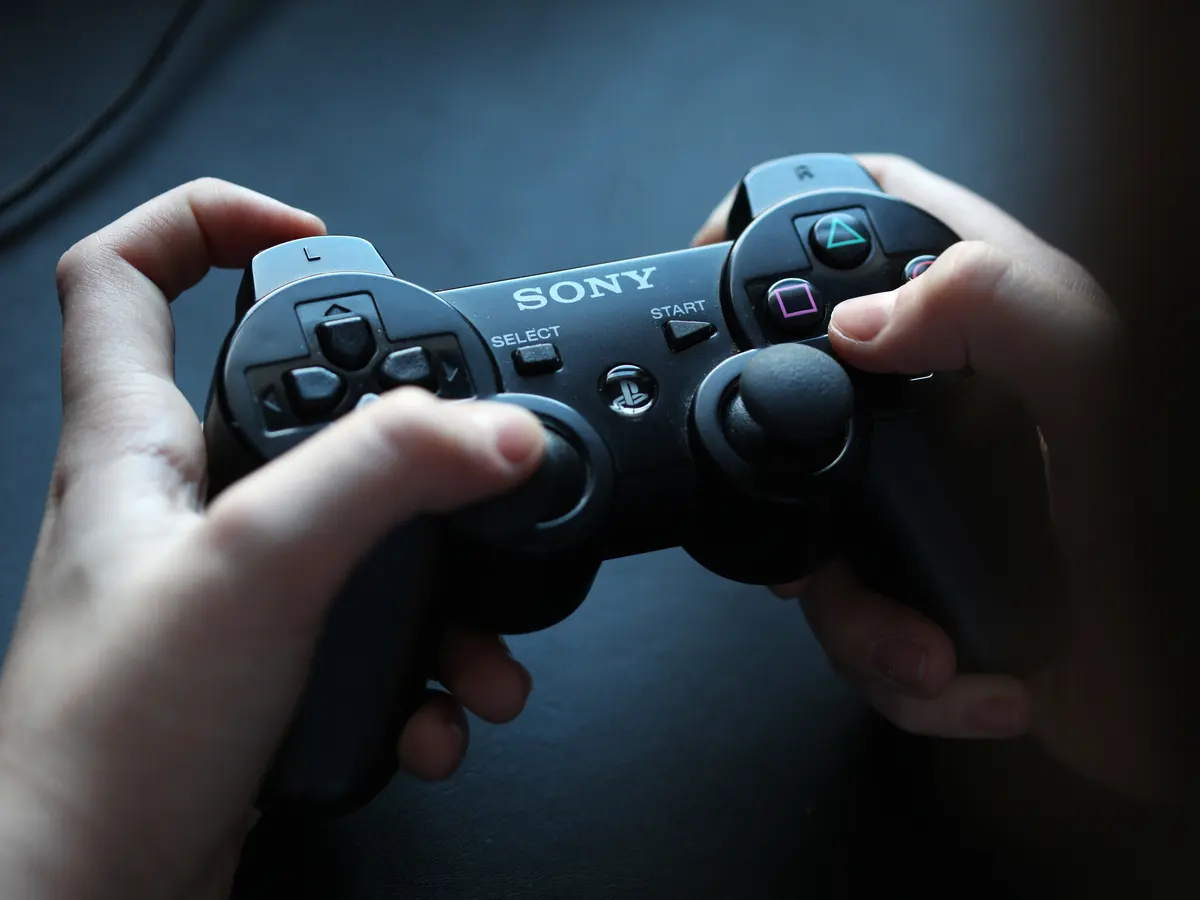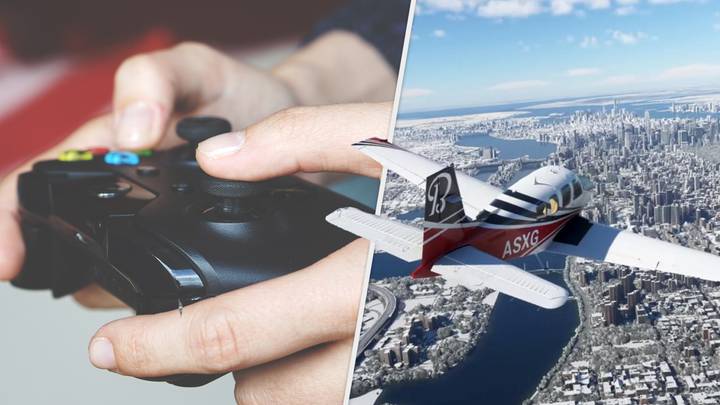Why Do I Play Inverted: Unraveling the Origins and Preferences of Inverse Controls in Gaming
Unlocking the Upside Down: Navigating the World of Inverted Controls

There's a problem at my house.
I'm the only one who plays inverted. If someone else wants to take over, I'm the weird loner who ruins the mood as soon as I pass the controller.
"Dad, what's going on? The controller is acting up!"
"It's inverted, hold on."
"What does that mean?"
"It means up is down, and down is up."

But it got me thinking.
Why do I choose to play with inverted controls? And why do some folks prefer the opposite? It's all about personal preference, but there must be a reason behind it, don't you think?
You won't have trouble finding mentions of it when browsing online.
Gamers have been going back and forth for decades on the standard controls versus inverted controls debate, leading to discussions across all skill levels.
Origins
:no_upscale()/cdn.vox-cdn.com/uploads/chorus_asset/file/21693362/msfs_3_crash.jpg)
The roots of inverse controls can be traced back to the world of flight simulation.
In aviation training and flight simulators, the controls mimic the layout of an actual aircraft joystick or yoke. It wouldn't be much of a flight simulator if it didn't.
The logic behind this inversion is grounded in the physics of aviation, which I won't get into. But pushing the joystick forward causes the nose of the aircraft to pitch downward while pulling it back results in an upward pitch.
Early video games that incorporated flight simulation elements adopted this inverted control scheme to provide a sense of realism for players familiar with aviation concepts.
Titles like Flight Simulator, Red Barron and Falcon 3.0 contributed to solidifying inverted controls as the norm in the flight simulation genre.
This is an important distinction, as I'm sorry to report, if you play inverted now you're probably from an era in which A-Ha, Fleetwood Mac and Tears for Fears topped the charts regularly.
There's a good chance you were a flight sim fan, a genre that was hugely popular in the 80s and 90s.
"A lot of people who inverted the Y axis do so because the games they started playing had that control set-up as the default option. This is especially true of older gamers – in the 1980s and early 1990s, flight sims were a hugely popular genre, and of course, the controls would be inverted to match an aircraft yoke or joystick." - Keith Stuart, The Guardian
But it makes sense in the context of a flight sim, right? But the average person doesn't think like a pilot, so why'd it carry over to other titles?
This is where things get a little more interesting.
Evolution and Expansion

As the gaming industry expanded beyond flight simulations, the inverted control scheme persisted in other genres as well.
Even outside aviation-themed games, players encountered inverted controls in titles ranging from first-person shooters to third-person action-adventures.
The familiarity bred by flight simulators played a significant role in the widespread acceptance of inverted controls, but then so did games such as first-person shooters when the default option was inverted.
Some games didn't even give players the option to use "regular" controls over inverted.

The science is pretty interesting, too.
“From a cognitive perspective, players who don’t invert are ‘acting as’ the avatar, with movement/steering originating from between the avatar’s eyes, controlling the camera,” says Dr Jennifer Corbett

Dr Corbett went on to say, "Players who invert are ‘acting on’ the avatar, with the controls either behind or on top of the head controlling the avatar."
Thankfully, gamers aren't short of options available now.
Recognising the diverse preferences of gamers, developers began incorporating control customisation options in their games.
This allowed players to choose between so-called standard (non-inverted) and inverted controls, catering to individual comfort and playstyle.
Does this mean that gamers are more likely to move away from the inverted style of play? Probably.
Folks like myself, that is people who are typically older, were introduced to inverted controls through fledgling flight simulators, or games from that era that directly re-purposed the inverse approach to controls.
What does this mean for younger players?
Well, those not exposed to inverse are unlikely to adopt it.
That doesn't stop it from becoming a hot topic for debate in my household, or online. Both groups staunchly defend their stance, but as with vital matters, what seems binary is nuanced.
Some only invert Y on joypads, not with mouse controls. Others invert Z, and a few switch groups over time.
Inversion spans a spectrum of player preferences.
In essence, it's not merely a casual liking for inverting the Y axis; starting with inverted controls means you've honed skills intricately tied to inversion.
Will that make my family any more understanding?
Probably not, as they pass the controller back to me, non-inverted.




Comments ()